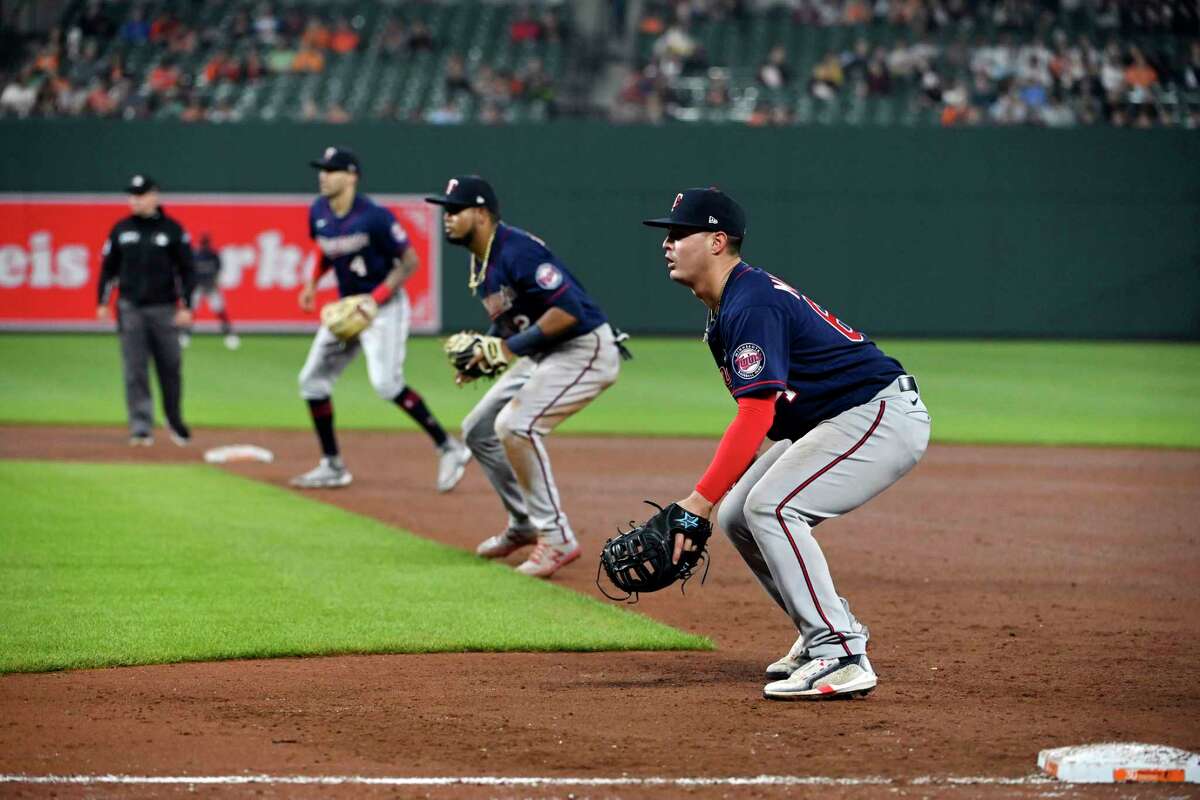
The importance of introducing these new MLB rules is to improve game speed and promote action on the field.
The MLB offseason is coming to an end, and spring training is around the corner, but there are new MLB rules to be put in place for the 2023 season. This week there will be the opening of Spring Training camps in Arizona and Florida, followed by the start of the Cactus League and Grapefruit League seasons the following weekend.
In the 2023 season, there will be several changes in the rules of Major League Baseball, which include a pitch clock, restrictions on defensive shifts, and larger bases. These new rules were approved by the MLB’s Joint Competition Committee on Monday.
The rules are expected to be effective immediately during the debut of Spring Training to allow for adjustments before the season starts. The importance of introducing these new MLB rules is to improve game speed and promote action on the field.
The league and the Players Association also agreed to further limit instances where position players can pitch.
New Rules for the 2023 Season
Let us take a look at the new MLB rules and what they entail.
Pitch Clock
According to this rule, the pitcher should start the movement within the allotted 15 seconds, or 20 seconds if there is at least one runner on base. Additionally, there will be a 30-second timer for pitchers between batters.
To reset the clock, pitchers are allowed to leave the rubber twice every plate appearance without penalty; if there are any more, they will be considered balks unless a runner is declared out. The pitch clock also starts again if the baserunner moves forward.
On the other side, hitters are allowed one timeout for each plate appearance and must be in the batter’s box within the eight seconds that are remaining. Depending on the situation, umpires may provide more time, such as when the catcher makes the final out of an inning and requires more time to get his clothing on.
Restrictions on Defensive Shifts
According to this rule, two infielders should be set up on either side of second base when the pitch is released, and all four infielders should have both feet inside the outer infield line when the pitcher is on the rubber. Note that they should not switch sides unless there is a substitution.
The penalty for breaking the restrictions on defensive shifts is an automated ball. According to MLB, the new shift rules are intended to increase the number of balls in play, give players more chances to show their athleticism, and counter the rising habit of outfield configurations with four outfielders.
Larger Bases
To improve safety and encourage teams to steak more often, first, second, and third bases have been expanded from 15-inch squares to 18-inch squares. During the MLB testing, base-related incidents decreased by 13.5%, and there were decreases at every level of the Minor Leagues.
According to the league, the larger bases, which also reduce the distance between them by 4.5 inches and make it much easier for players to grab a ball, will cause a rise in base theft efforts.












